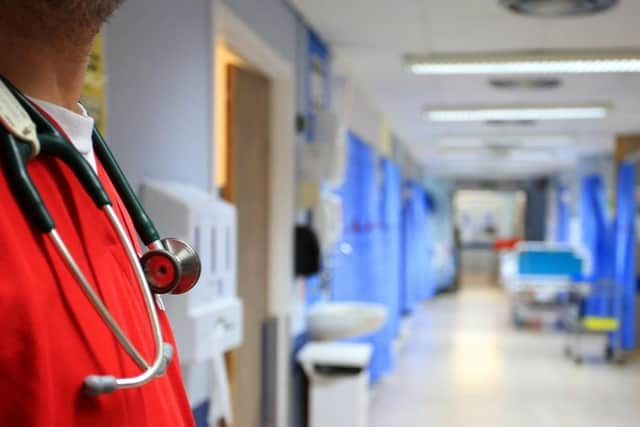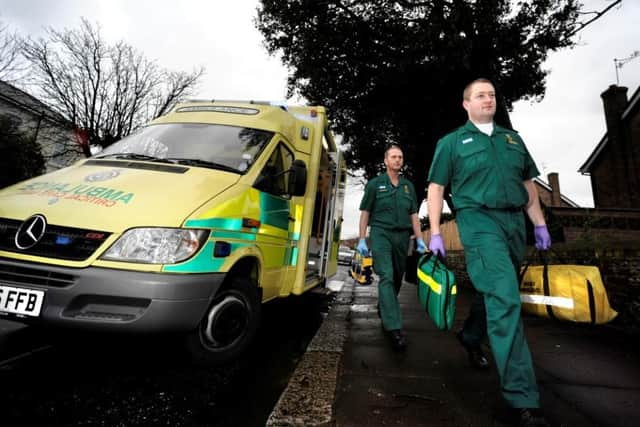NHS data shows East Sussex hospitals are too busy, hundreds of staff are absent, and ambulances are being delayed
and live on Freeview channel 276
East Sussex Healthcare NHS Trust covers four hospitals and the newest data from NHS England looks at how the trust is doing in terms of bed occupancy, staff absences and ambulance handover delays.
Bed occupancy:
General and acute beds are for people admitted from A&E, by their GP, or who are recovering post surgery. It excludes beds in intensive care, maternity, and mental health wards.


Advertisement
Hide AdAdvertisement
Hide AdHospitals are considered to be ‘too busy’ if more than 85 per cent of their available general and acute beds are occupied by patients. After this, patient care is thought to be compromised.
Average general and acute bed occupancy for the five weeks between November 29 – January 2 was 92.34 per cent for the trust, peaking at 94.8 per cent between December 6-12.
Looking across England, the average occupancy level is 89.7 per cent.
In terms of occupancy of adult critical care beds in East Sussex, the average for the same time period was 57.6 per cent, peaking at 68.29 per cent between December 6-12.


Staff absences:
Advertisement
Hide AdAdvertisement
Hide AdThe total average daily absence for the weeks between November 29 – January 2 was 465.2, peaking at 490 between December 13-19.
Looking specifically at covid-related absences, the average for the same time period was 160.4, peaking at 181 in the week of December 20-26 and again for limbo week (the week commencing December 27).
Ambulance handover delays:
Between December 27 - January 2, 810 patients arrived by ambulance to one of the trust’s hospitals. Of these, 50 handovers took between 30-60 minutes and 10 took more than an hour.
Advertisement
Hide AdAdvertisement
Hide AdNHS national medical director Professor Stephen Powis said, “Omicron means more patients to treat and fewer staff to treat them. In fact, around 10,000 more colleagues across the NHS were absent each day last week compared with the previous seven days and almost half of all absences are now down to covid.
“While we don’t know the full scale of the potential impact this new strain will have it’s clear it spreads more easily and, as a result, covid cases in hospitals are the highest they’ve been since February last year – piling even more pressure on hard working staff.
“Those staff are stepping up as they always do; answering a quarter more 111 calls last week than the week before, dealing with an increasing number of ambulance call outs, and working closely with colleagues in social care to get people out of hospital safely.
“You can help us to help you by ensuring you are vaccinated against covid.
“And as has been the case throughout the pandemic, if you have a health problem, please go to 111 online and call 999 when it is a life threatening condition – the NHS is here for you.”